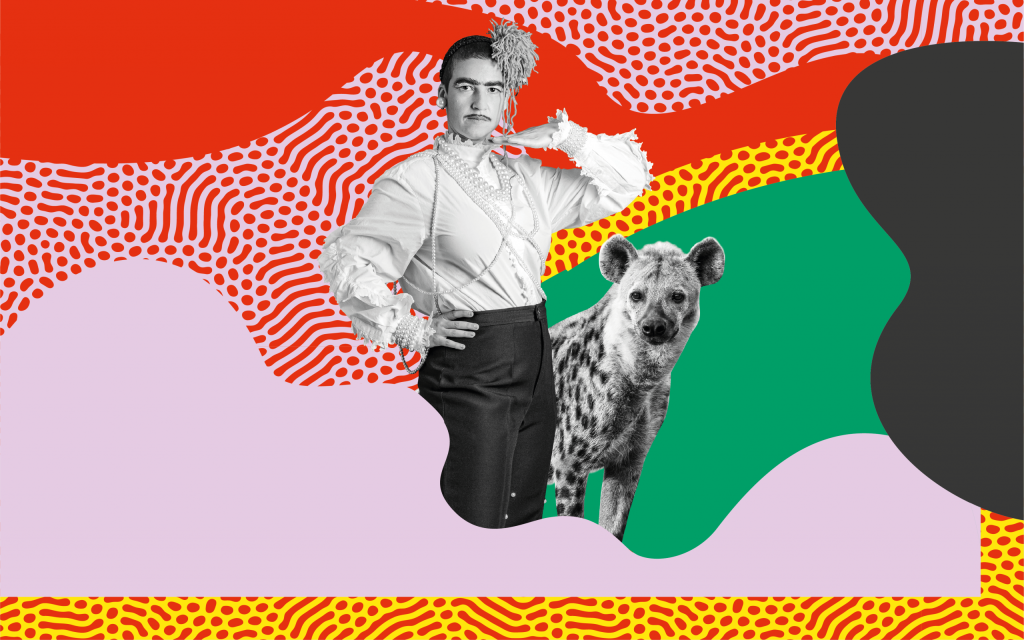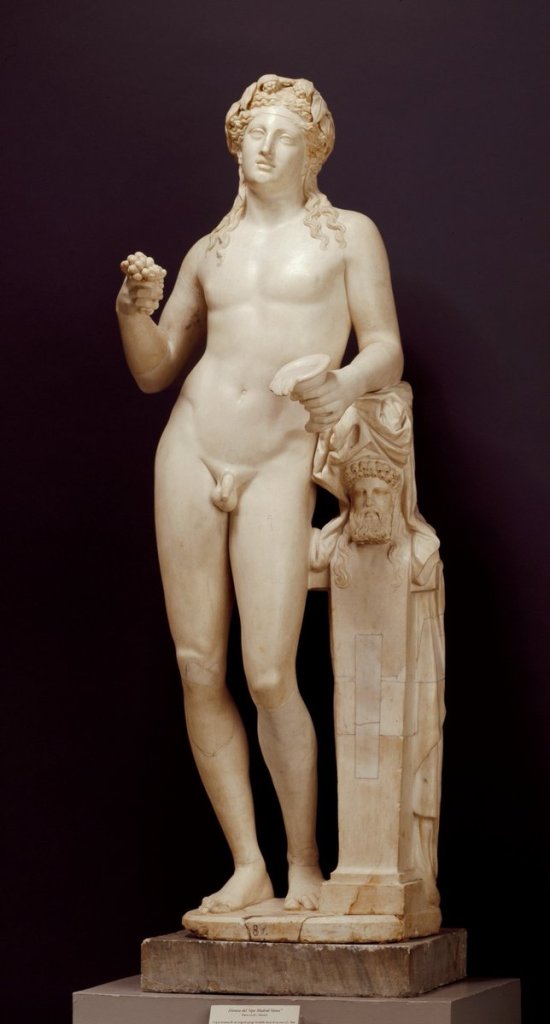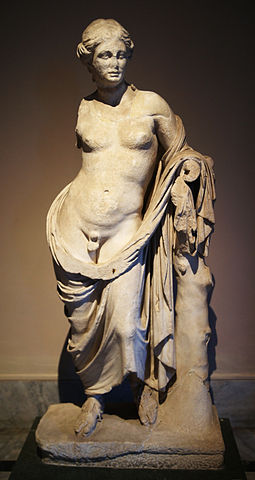
Natural History Museum of Bern, Switzerland is currently running an exhilarating, colourful exhibition called “Queer – Diversity is in our Nature.” The thesis of the curators seems to be that the animal kingdom is rich and diverse with numerous examples of gender bending and gender fluidity. The exhibition’s ambition is to demonstrate the analogy between the biological and the social aspect of being human. The extreme male and female ends of the spectrum are divided by the whole rainbow bridge of glorious and multifaceted variety of phenomena. There is a clownfish, which can change its gender; there are also “gay” male sheep which are not interested in sexual relationships with females. There are no males among Caucasian rock lizards, whose females reproduce through parthenogenesis, which is not that uncommon in the animal kingdom. Albatrosses often relish “lesbian” relationships. The examples are endless. Animals challenge the conservative ideas of what gender or reproduction are. The human cultural labels are used tongue-in-cheek here and in the exhibition but nevertheless there is an air of ultimate liberation in the whole endeavor.
Since this is a natural history museum, naturally the spiritual aspect of queerness was omitted. Nothing was mentioned about religion and what effect it had on the collective judgement on any queerness. The exhibition is focused more on the celebratory, carnivalesque aspect of the diversity and the joy it brings to the world. This reminded me of the ancient and pagan approach to gender fluidity. After all, Greek myths abound in non-binary examples, such as Dionysos or even Athena:
“While Athena identifies as male, Dionysus vacillates between male and female gender performances and roles … His gender fluidity is unique to him amongst the gods, but it is not his only fluid quality; he is very much a liminal figure with continually shifting identities across a variety of traditionally power-saturated realms. He is both male and female, young and old. He is Greek and non-Greek, a god thoroughly embedded in the Greek pantheon, but with mythologies describing him, and his cult, as being newly introduced to the Greek world. He blends the divine, mortal and bestial worlds through his human/animal hybrid followers, the male satyrs and female maenads, while Dionysus walks the line between mortal and immortal. As one of the Olympians, he is unquestionably divine, yet he alone of the Olympians had a mortal mother. And in this liminal space of divine and mortal, he crosses the boundaries between life and death as the twice-born god, having been torn from his dead mother’s womb to be born again from the immortal thigh of Zeus.” (1)

I particularly resonated with the following conclusion of the author:
“Athena and Dionysus are not merely symbolic of how those who may not fit so well into the social structures can still be recognised, but rather they represent the fluidity that lies under the pretense of stability that is continually celebrated and must be continually reaffirmed as divine, natural, ideal and normal. Indeed, one possible conclusion is that if binary sex and gender were any of these things, they would not require such constant upkeep.“ (2)
Dionysos may be the first god who stood for the profound question of identity and its ever-shifting nature. The authors of the book view the question of identity from the perspective of quantum physics with its subatomic participles bearing multiple identities:
“All existence is entangled and unstable, as in undergoing continual, co-dependent transformations.” (3)
One of the most ambiguous and fascinating figures from the Greek myth is Hermaphroditus – a child of Hermes and Aphrodite. In Book Four of Ovid’s Metamorphoses, he/she enters a spring, which is under the magic spell of the naiad Salmacis. Salmacis has fallen desperately in love with Hermaphroditus and wants to merge with him/her. As Ovid puts it, when Hermaphroditus emerged from the spring he/she was “a dual form that could be said to be neither woman nor boy, but seemed to be neither and both.” (4)

The author of the book draws an interesting analogy between the newly emerged Hermaphroditus and the primordial chaos, which in Greek myth preceded creation of the manifest world. Hermaphroditus thus embodies the primordial and protohuman forces of chaos. He/she has access to the source of existence with its inherent multiplicity and pre-duality. Erotic desire to merge with the loved one results in nothing less but “a cosmic shift,” concludes the author. (5) The boundaries our mind creates are permeable and unstable:
“Gender in this context is not only fluid and indefinable, but ultimately ceases to exist.” (6)
Plato’s text Symposium contains a famous myth about the nature of love and primordial humans. There were three genders at the beginning: the male one descended from the sun, the female descended from the earth and the hermaphrodite descended from the moon. The hermaphrodites were threatening the gods with their unlimited powers. Therefore Zeus decided to cut the round beings in two, thus implanting the desire to reunite with the lost half in each of them. I thought about that ancient myth while visiting the exhibition. In the exhilarating multiplicity, fluidity and blurred boundaries there is a desire for love and wholeness, which characterizes absolutely all expressions and facets of love.


Notes:
(1) Exploring Gender Diversity in the Ancient World, edited by Allison Surtees and Jennifer Dyer, Edinburgh University Press, 2020, p. 10
(2) Ibid., p. 13
(3) Ibid., p. 83
(4) Ibid., p. 93
(5) Ibid., p. 99
(6) Ibid., p. 105

Support my blog
If you appreciate my writing, consider donating to support my work. Thank you very much in advance.
$1.00












Precious! Thank you as always, dear Monika 🙏💖🤗
LikeLiked by 1 person
Thank you, Aladin
LikeLiked by 1 person
Lovely post, Monika! Many thanks.
Ideas, understandings and beliefs around identity resonate deeply with my personal experience. I agree too, that ultimately, identity is one of many styles of masks we quite naturally use to get caught in the web of life, but ultimately seek to transcend, all the more as an awareness of wholeness appears as enough dissatisfaction with any and all masks begins to unsettle us.
This subtractive feature of stripping away perhaps points to the need and desire for recognition of the feminine alignment with the forces of Chaos. Perhaps the societal recognition and increasing acceptance of all things Queer, can serve as yet another kind of guide into the depths of a more truer nature of reality, and specifically, the nature of who we are.
LikeLiked by 2 people
Thank you, Debra, for your deep understanding. I am also glad that the society is catching up to more “truer nature of reality,” as you say. This is something Hermes for sure would smile about.
In gratitude
Monika
LikeLiked by 1 person
Great post, Monika. It’s interesting to see how gender fluidity is becoming much more accepted in society. It’s like, this was never an issue with my kids and their friends. Question: Didn’t Tiresias also change gender?
LikeLiked by 2 people
Hi Jeff, thank you! You are right about Tiresias, of course. I remember reading about him in The Odyssey but now I feel I need to read Ovid’s Metamorphoses. I have always been enthusiastic about gender fluidity and all kinds of queerness, though I was born in a place generally hostile towards it.
Good to hear from you.
Stay well
Monika
LikeLiked by 2 people
Yeah, there was not a lot of acceptance here for a long time. But things are changing. We are good here. Fully vaccinated now, so eager to return to some sense of normalcy. Hope you are well. Take care.
LikeLiked by 1 person
This post is an eyeopener of the liberal attitudes in our myths and in ancient history. In India the ‘Hermophrodite is actually the source of creation where the timeless one Shiva and his consort Parvati are shown as merged together in the eternal bliss of union. I have written a post on my blog which always attracts attention called Cosmic Hermophrodite – Shiva and Parvati representing the twin genders before creation are called Ardhnareshwar – The half male half female god and worshipped as such. In srilanka Hinfus have paid homage to this phenomenon by byilding a collosus on the beach of their ardhnareshwar. It is as if the supreme being split into two male principle and female principle when It asked /who am I’? and unleashed the force of creation. In nature too it experiments with all options to ensure survival -my pets species of water snails can choose their gender just before mating depending on how they feel at the moment of union. Either could assume to be male or female and both carry sperm and ova – smart of nature to thus insure that neither gender becomes unavailable when the need for procreation arises!!
LikeLiked by 1 person
I remember that post of yours, Indrajit. This is indeed fascinating that in the West we are only now slowly rediscovering what the Hindu knew all along. The separation is illusory – as you wrote in your post. And you are obviously right – nature is far more fluid and diverse in terms of gender. There are countless examples of that, including your snails.
LikeLiked by 1 person